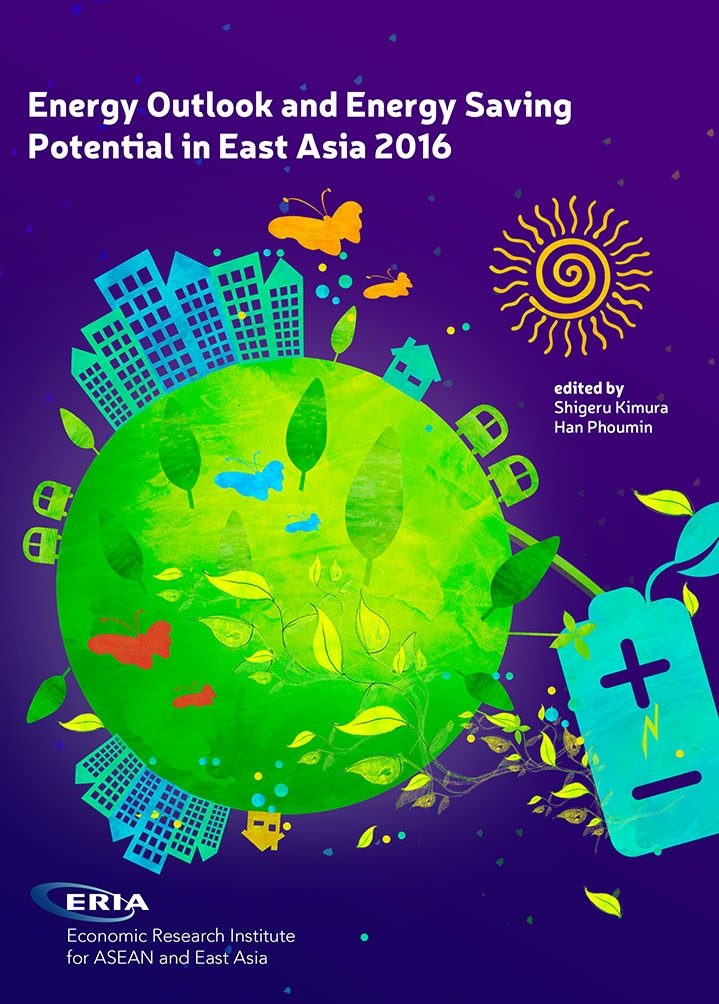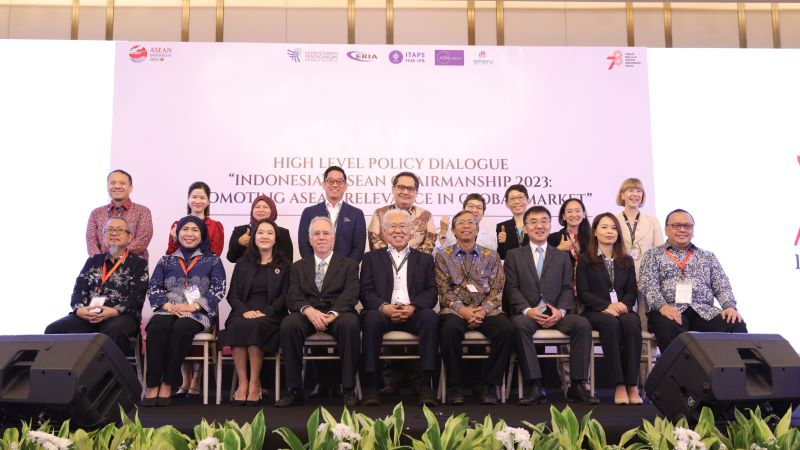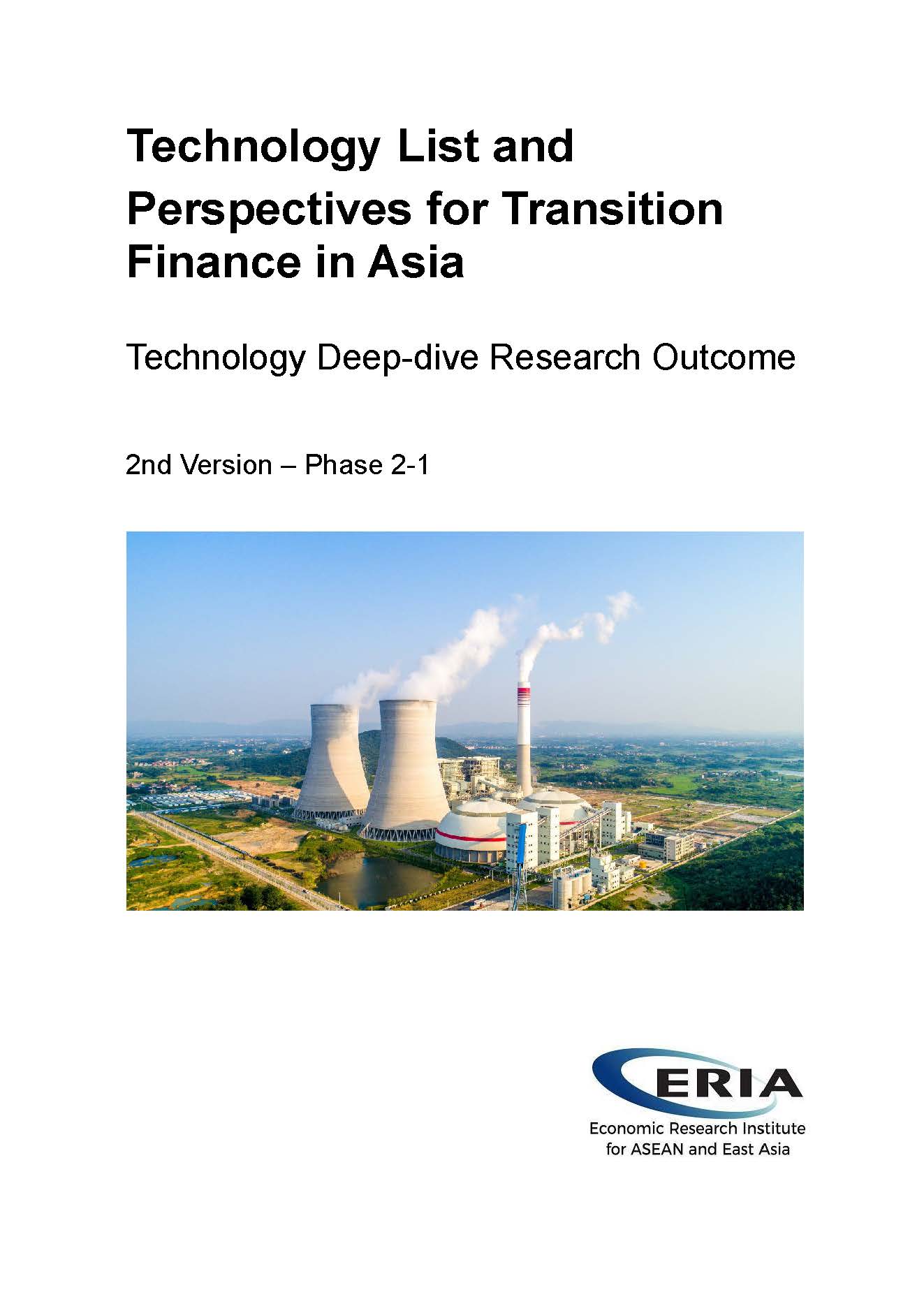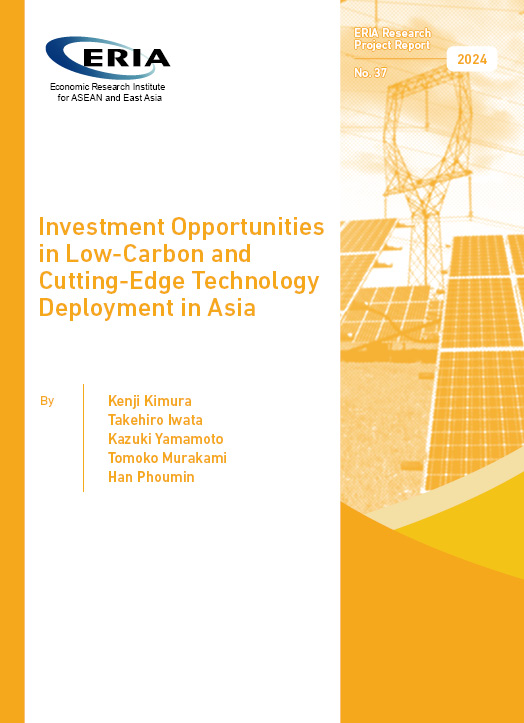Energy Outlook and Energy Saving Potential in East Asia 2016

Print Article:
Sustained economic growth and increasing population in the East Asia Summit (EAS) region are the two major drivers responsible for the rise of doubling energy demand in 2013-2040. The increase of energy demand threatens energy security and the effort to curb carbon dioxide (CO2) emissions. These common energy challenges will need to be addressed through concerted efforts, including collective measures and actions to rapidly develop and deploy energy efficiency and saving, high-efficient and low-emission coal-fired power plant technology, and nuclear safety, and to double the share of renewable energy to the overall energy mix for inclusive and sustainable development.
The energy outlook and energy saving potential present the balance of energy best-mix based on each country's policy and targets, and predict the pattern of future energy consumption. In this regard, the Business-as-Usual (BAU) scenario was developed for each EAS economy, outlining future sectoral and economy?wide energy consumption assuming no significant changes in government policies. An Alternative Policy Scenario (APS) was set to examine the potential impact of additional energy efficiency goals, action plans, or policies that are being, or likely to be, considered. The difference between the BAU and the APS scenarios in both final and primary energy supply represents potential energy savings. The difference in CO2 emissions between the two scenarios represents the potential for reducing greenhouse gas emissions.
The findings of this study would continue to set light towards policy implications for decision?making to ensure that the region could enjoy both economic growth and investment opportunities without compromising energy security and environmental problems resulting from rising CO2 emissions.
Full Report
Contents
List of Abbreviations and Acronyms
Chapter 2. Australia Country Report
Chapter 3. Brunei Darussalam Country Report
Chapter 4. Cambodia Country Report
Chapter 5. China Country Report
Chapter 6. India Country Report
Chapter 7. Indonesia Country Report
Chapter 8. Japan Country Report
Chapter 9. Republic of Korea Country Report
Chapter 10. Lao PDR Country Report
Chapter 11. Malaysia Country Report
Chapter 12. Myanmar Country Report
Chapter 13. New Zealand Country Report
Chapter 14. Philippines Country Report
Chapter 15. Singapore Country Report
Chapter 16. Thailand Country Report
Chapter 17. Viet Nam Country Report
Annexes
Annex 1. Energy Saving Potential Study on Thailand's Road Sector
Annex 2. Policies to Promote EEC Building in Korea
Annex 3. Technical and Economic Study on Solar Thermal Cooling




